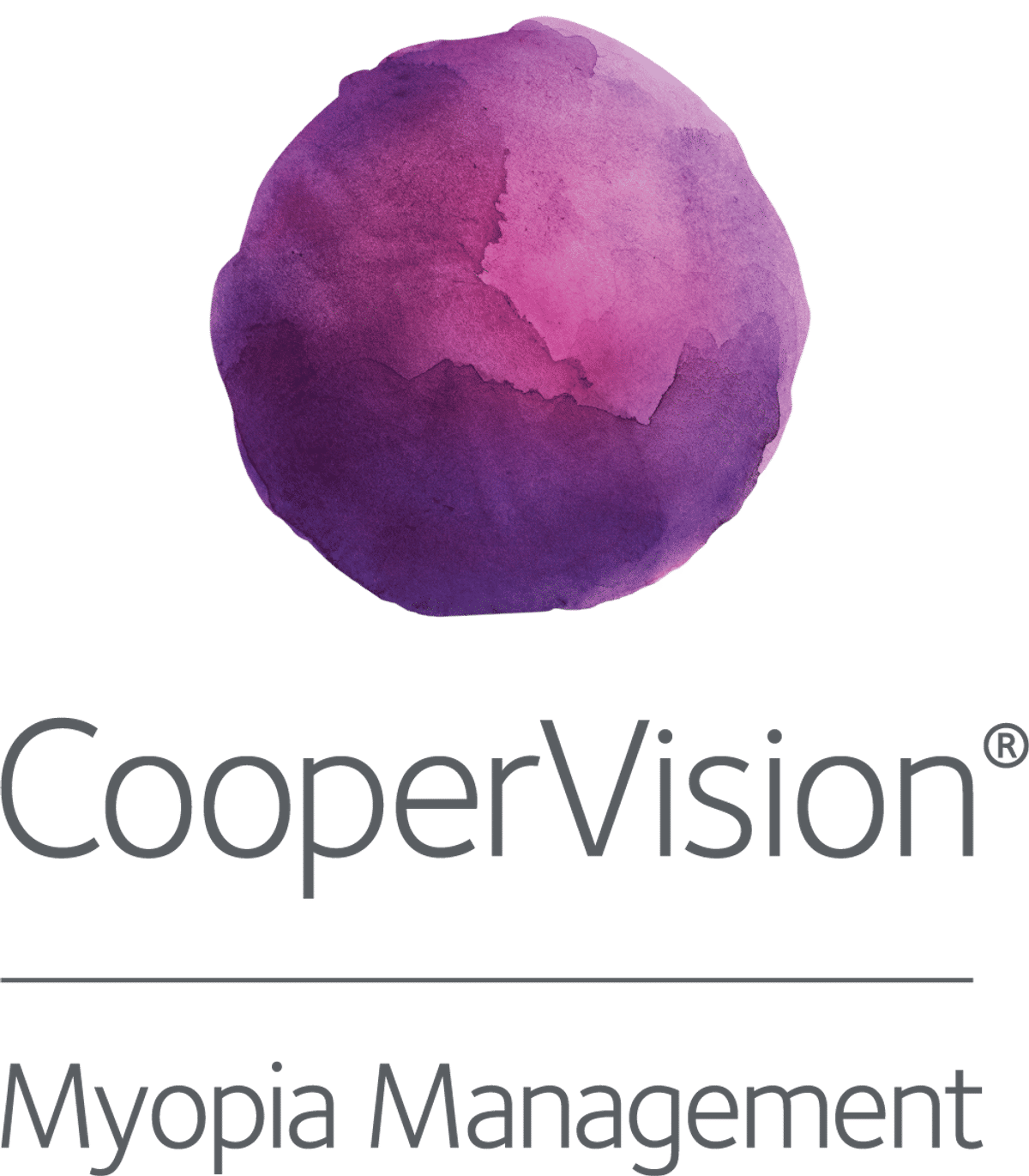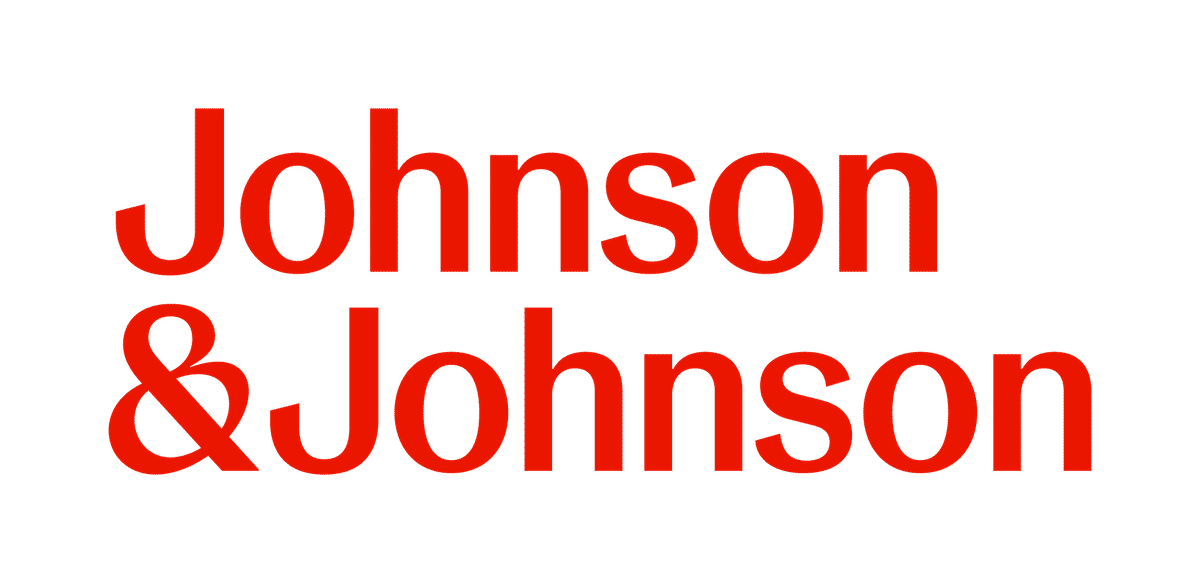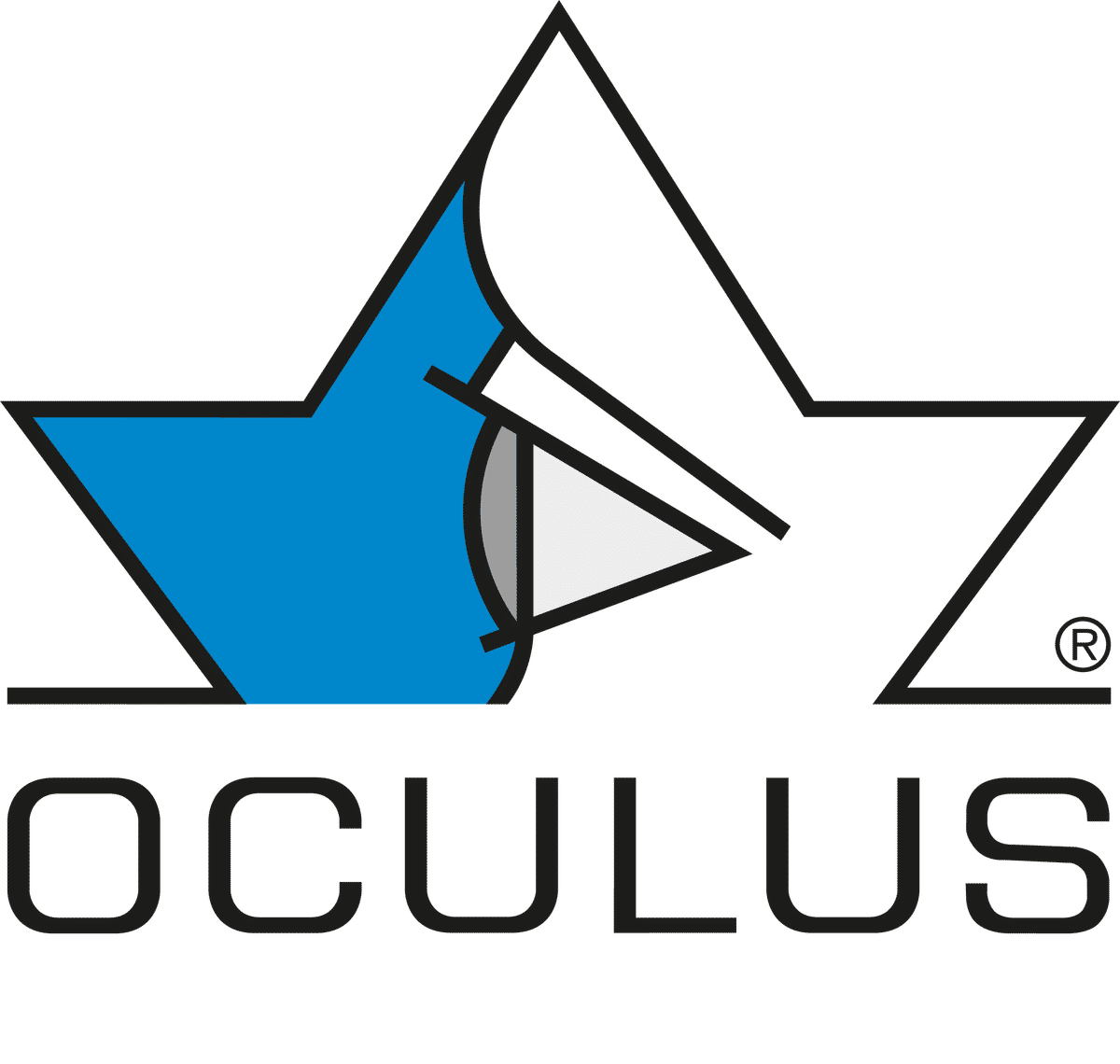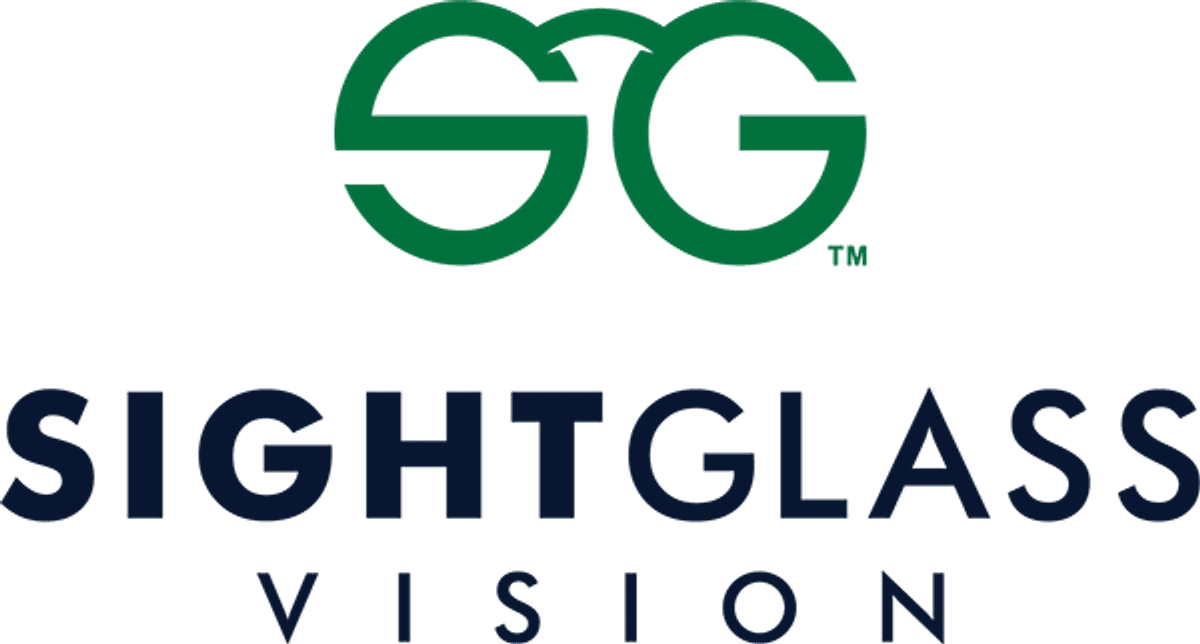Science
Is sleep a new risk factor for myopia?
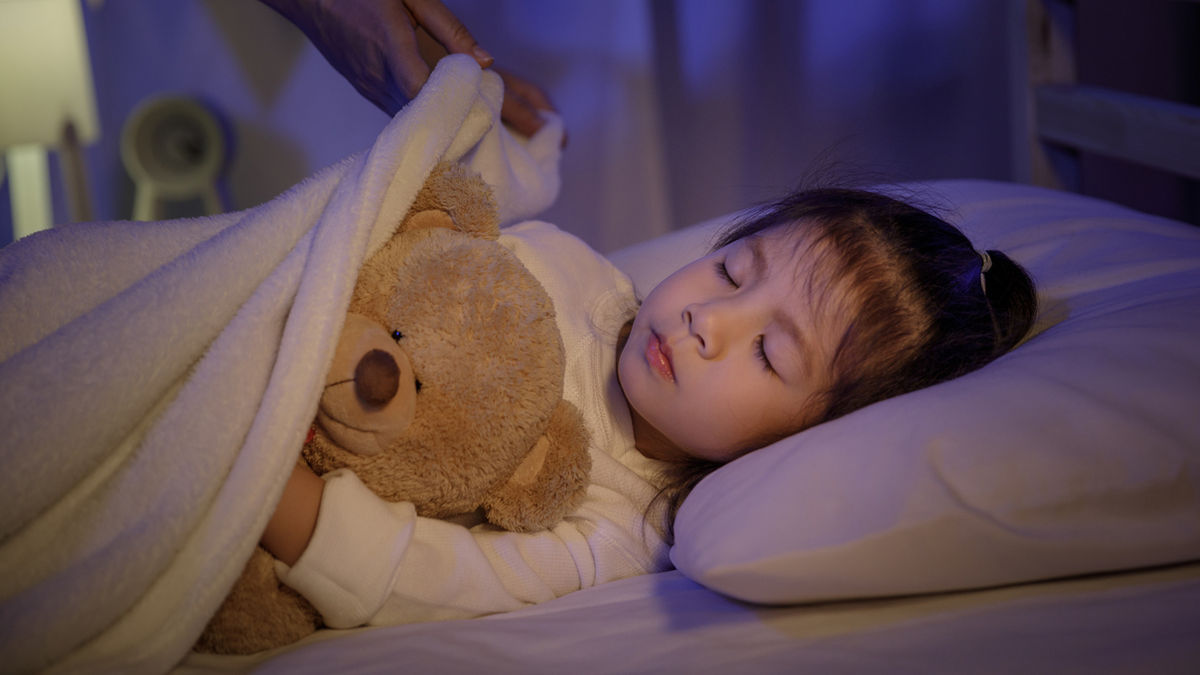
In this article:
This study explores the relationship between sleep patterns and myopia risk in young children, finding that social jetlag, insufficient sleep, and poor sleep habits may be associated with axial elongation.
Paper title: Sleep Duration, Sleep Habits, and Social Jetlag From 4 to 6 Years: Their Impacts on Myopia Among School-Aged Children – The Ma’anshan Birth Cohort Study
Authors: Meng Wang (1), Juan Tong (2), Dongqing Zhu (1), Kun Huang (2), Xiaoyan Wu (2), Guopeng Gao (3), Liu Jiang (3), Shuangqin Yan (3), Fangbiao Tao (2), Shuman Tao (4,5)
- Department of Maternal, Child and Adolescent Health, School of Public Health, Anhui Medical University, Hefei, Anhui, China
- Department of Maternal, Child and Adolescent Health, School of Public Health / MOE Key Laboratory of Population Health Across Life Cycle / Anhui Provincial Key Laboratory of Environment and Population Health Across the Life Course, Anhui Medical University, Hefei, Anhui, China
- Ma’anshan Maternal and Child Health Care Center, Ma’anshan, Anhui, China
- Department of Ophthalmology, The Second Affiliated Hospital of Anhui Medical University, Hefei, Anhui, China
- MOE Key Laboratory of Population Health Across Life Cycle / Anhui Provincial Key Laboratory of Environment and Population Health Across the Life Course / Center for Big Data and Population Health of IHM, Anhui Medical University, Hefei, Anhui, China
Date: Published online March 1, 2025
Reference: Wang M, Tong J, Zhu D, Huang K, Wu X, Gao G, Jiang L, Yan S, Tao F, Tao S. Sleep Duration, Sleep Habits, and Social Jetlag From 4 to 6 years Their Impacts on Myopia Among School-Aged Children: The Ma'anshan Birth Cohort Study. Nat Sci Sleep. 2025 Mar 1;17:365-378.
Summary
While traditional risk factors such as prolonged near work and limited time outdoors are well established,1 emerging evidence suggests that sleep habits may also influence myopia development. This study examined the impact of sleep duration, social jetlag, and sleep patterns on myopia risk in children aged 4–6 years (n = 1561) using questionnaires and cycloplegic refraction and ocular biometry assessments at age 6.
Key findings from the study include:
- Social Jetlag and Myopia: Social jetlag is the mismatch between a person's weekday and weekend sleep schedules, disrupting their natural body clock and circadian rhythm. Children who had at least one hour of social jetlag at age 4 were more likely to develop myopia. Social jetlag was linked to longer axial length (AL) and lower spherical equivalent refraction (SER), both indicators of myopia progression. Additionally, children with fluctuating sleep schedules (increasing-declining or declining-increasing social jetlag patterns) were at greater risk of developing an AL/CR ratio >3, a strong predictor of myopia.
- Sleep Duration and Ocular Growth: Insufficient sleep (<10 hours per night) at 5.5 years old was linked to increased axial elongation, though the findings were inconclusive due to mixed results within the study.
- Sleep Habits and Myopia Risk: Poor sleep habits at age 4 were associated with lower SER, suggesting increased myopia risk. Poor sleep habits included difficulty going to sleep or delaying bedtime, taking a long time to fall asleep, fear or reluctance to sleep alone, nightmares, sleepwalking, or night terrors, and/or excessive tiredness or napping during the day.
This study is one of the first to track how sleep patterns in early childhood may influence myopia development. While past research on sleep and myopia has been mixed, these findings highlight the potential importance of regular sleep schedules and adequate sleep duration as part of myopia prevention efforts.
What does this mean for my practice?
When assessing a child at risk for myopia, the focus is typically on visual habits—how much time they spend on near work versus outdoor activities. However, based on this study’s findings, it may also be worth including sleep habits in discussions. Asking parents about bedtime consistency, total sleep duration, and differences in sleep schedules between weekdays and weekends could provide additional insight into potential risk factors for myopia onset. Late-night screen use and irregular sleep patterns may contribute to disruptions in circadian rhythms, which could influence axial elongation.
Practical advice for families includes encouraging consistent bedtimes, aiming for at least 10 hours of sleep per night for children aged 4 to 6,2 and limiting screen exposure before bed. By including sleep discussions into myopia risk assessments, we can take a more comprehensive approach to early intervention and support better long-term visual outcomes for young children.
What do we still need to learn?
While this study sheds light on the potential connection between sleep and myopia, there are still gaps in our understanding. One limitation is that sleep data was gathered from parent reports, which may not always be accurate. Future studies using objective sleep tracking methods, such as actigraphy, could provide more reliable measurements of sleep duration and consistency. Additionally, while the study found associations between poor sleep and myopia, it does not establish causation, meaning it remains unclear whether disrupted sleep directly contributes to myopia progression or if other factors are at play. More research is needed to explore the biological mechanisms behind these relationships, particularly how circadian rhythm disruptions might influence axial elongation.
Another limitation is that the study was conducted within a single birth cohort in China, raising questions about whether the findings apply to children in different cultural and environmental contexts. Factors such as school schedules, screen use habits, and genetic differences could all influence the relationship between sleep and myopia. Expanding research to include diverse populations and accounting for additional lifestyle factors, such as light exposure before bedtime, would help determine whether sleep interventions could be a viable strategy for myopia prevention.
Meet the Authors:
About Jeanne Saw
Jeanne is a clinical optometrist based in Sydney, Australia. She has worked as a research assistant with leading vision scientists, and has a keen interest in myopia control and professional education.
As Manager, Professional Affairs and Partnerships, Jeanne works closely with Dr Kate Gifford in developing content and strategy across Myopia Profile's platforms, and in working with industry partners. Jeanne also writes for the CLINICAL domain of MyopiaProfile.com, and the My Kids Vision website, our public awareness platform.
References
- Morgan IG, Wu PC, Ostrin LA, Tideman JWL, Yam JC, Lan W, Baraas RC, He X, Sankaridurg P, Saw SM, French AN, Rose KA, Guggenheim JA. IMI Risk Factors for Myopia. Invest Ophthalmol Vis Sci. 2021 Apr 28;62(5):3.
- World Health Organization. Guidelines on physical activity, sedentary behaviour and sleep for children under 5 years of age. Geneva: World Health Organization; 2019.
Enormous thanks to our visionary sponsors
Myopia Profile’s growth into a world leading platform has been made possible through the support of our visionary sponsors, who share our mission to improve children’s vision care worldwide. Click on their logos to learn about how these companies are innovating and developing resources with us to support you in managing your patients with myopia.

